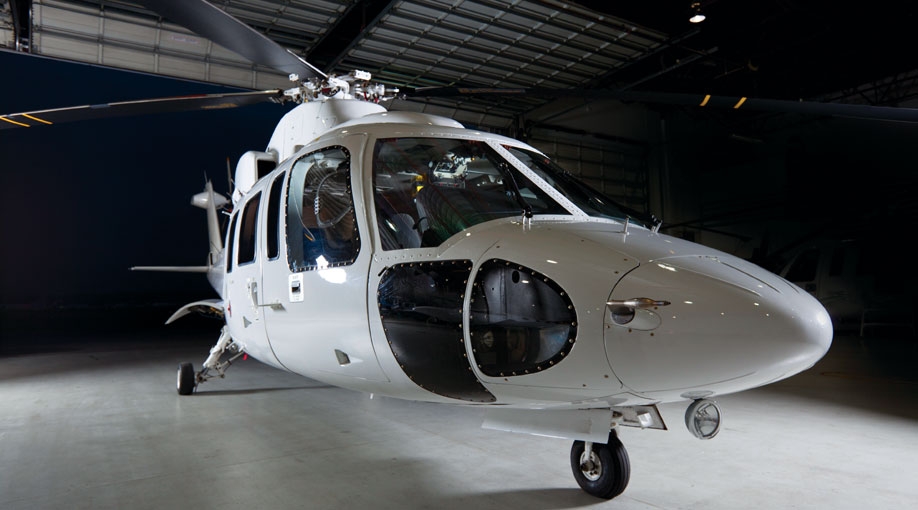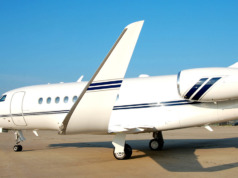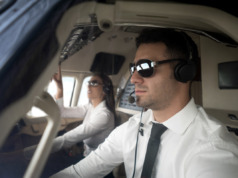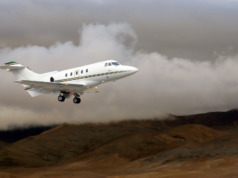
A helicopter can be a powerful, efficient enhancement to your business flying, whether you own and use regularly, or charter occasionally. Consider three of its valuable uses:
- The short, local flight – Fly from a convenient urban heliport to a short landing field near your customer or plant, or travel to multiple clients in the same region, all in the same afternoon.
- Longer distances – Helicopters’ point-to-point capability can provide meaningful time savings. Consider a trip between Manhattan and Washington DC, where using a fixed-wing business aircraft involves driving to a local airport, such as Teterboro or White Plains, waiting in line for departure, the actual flight itself (which can be the shortest part of the trip), arriving at Dulles, and then an aggravating car trip downtown. Compare this with the same trip on a helicopter: leave from a NYC heliport, fly for one hour, land at a local general aviation airport right outside the Washington DC Flight Restriction Zone (“FRZ”), then a short car ride downtown.
- Positioning – As metropolitan airports get more congested, many owners have moved their aircraft to remote airports with more plentiful hangar space. This strategy may involve a repositioning leg to move the aircraft to a closer airport for your trips – putting excess wear on the aircraft, creating risk of departure delays, and using up precious crew duty time. In contrast, an executive helicopter can pick you up close to your home or office, take you quickly to your aircraft right at its home base, and allow you to get off the helicopter right onto your jet. Because these airports typically are less congested, immediate departures are much more common.
As a passenger, you should have exactly the same safety expectations and standards as you have for your fixed-wing turbine aircraft. Given the unique mission and operating environment of helicopters, you should expect:
- Two pilots – Although many smaller helicopters can be flown safely with a single pilot, having two pilots reduces the workload in busy metropolitan environments where the demands of Air Traffic Control (ATC), terrain avoidance, and traffic can keep a crew very busy.
- Two engines – Twin engine helicopters may afford better performance, and can increase the margin of safety.
- Safety Equipment – Like bizjets, modern helicopters have traffic and terrain collision avoidance systems (TCAS), and, if operating near water, emergency floatation equipment installed.
Audited Operations – The highest-quality helicopter operators are audited using standards such as Wyvern and Argus and are IS-BAO (International Standards for Business Aircraft Operators) registered with a helicopter-specific safety management system.
As you consider integrating the helicopter into your business jet flying, be aware of these differences:
- Local regulations – If you want to land on a golf course, private property, or other off-airport site, know that not all communities allow this.
- A shorter “time constant” – Unlike business jets, which may be in position up to two hours before departure, most helicopters pre-position with a 15-minute window. Being accurate with your pickup and departure times will save you money on heliport parking and waiting fees.
- Weather – Unlike business jets that can quickly climb and be above it, helicopters “operate down” (fly under) in the weather. Local weather conditions can be changeable and microclimates can make forecasting conditions challenging.
Schedule with your final destination in mind – Many flight department scheduling systems are set up for fixed wing business aircraft, and filter out airports with shorter runways. Helicopters frequently use small general aviation airports that are much more convenient to your final destination than are local executive airports.
In the business aviation “toolkit,” the VIP helicopter is a precision instrument that shaves off precious time as you go directly from point to point. Consult a helicopter specialist to find out how you can harness these unique capabilities to enhance your business aviation operation. BAA
Scott Ashton is President and CEO of Aerox Aviation Oxygen Systems. He is an ATP rated pilot and serves as a volunteer pilot and Board Member of Patient Airlift Services (PALS).




